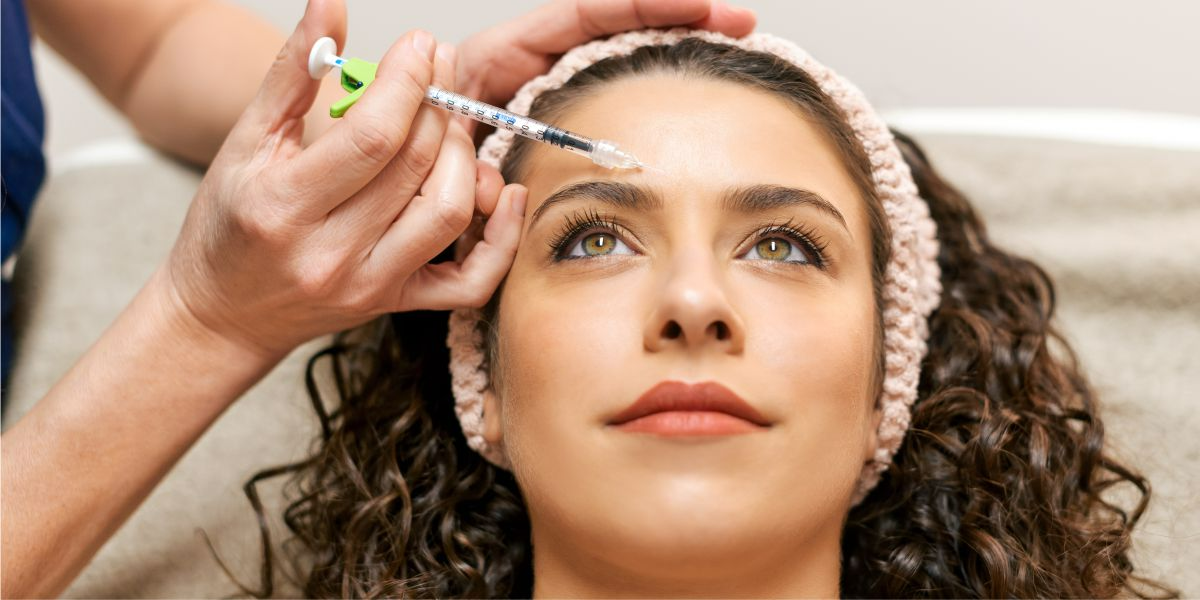Jawline filler is an ideal option for treating fine lines, smooth wrinkles, and attain a more youthful appearance. Filler in this area adds shape, definition, and volume to sagging or thinning skin.
In addition, it offers immediate, noticeable results. Though filler is rarely if ever permanent, it can still last for years depending on the person and the quality of aftercare.
Tips To Follow After Jawline Filler
Jawline filler is a nonsurgical cosmetic treatment designed to give a defined look to the jaw area. The professional injects fillers under the patient's skin to plump it up. The result is smoother skin that looks more tight, plump, and hydrated.
When administered to the jaw, filler improves lower face structure, reduces jowl prominence, produces a defined jawline, and lifts the upper neck. In other words, it improves the facial proportions and anatomy, giving a more youthful and attractive appearance to the patient.
The filler doesn’t just literally fill in wrinkles and sagging skin—it directs collagen and elastin to the area for better results over time.
Immediately after getting filler, you may experience a slight itching sensation, tenderness, swelling, or redness in the treated area immediately after the treatment. This is generally normal and temporary. However, experts that regularly perform jawline fillers in Philadelphia advise contacting your provider if these symptoms last longer than a few hours.
Though the experts conduct the treatment carefully and ensure the complete safety of the individuals and their skin, proper aftercare is still crucial. Consider the following tips for your jawline filler treatment aftercare:
Bruising relief
Bruising is one of the fairly common jawline filler side effects. Those who take fish oil, aspirin, or blood thinners are at higher risk of bruising after treatment. Fortunately, bruising fades after a relatively short time. Patients can also cover bruising with makeup (once they are approved by their provider to resume using it). Some also use bromelain to prevent bruising.
PAIN RELIEF
Individuals can experience mild pain during or after jawline filler treatment. Any pain or discomfort is usually at the jawline or the areas surrounding it, such as the lips and chin. Patients can talk to their provider about which over-the-counter pain medications to use.
MASSAGING THE FILLER AREA
Massage may or may not be recommended by the expert, depending on the treatment and condition of the individual. However, once the tenderness and pain have resolved, a gentle massage may be approved to get the best out of jawline fillers' benefits. Make sure to consult with your skin rejuvenation specialist before touching the affected area.
Do not touch your treated jawline up to a few hours after the filler injection. You may apply light make-up or gently wash the area using a gentle cleanser when your expert advice. Avoid exposing your jawline to extreme cold or intense heat, such as with sunbathing.
Don't forget to inform your dermatologist about your medications. Certain medications can increase the risk of bleeding or bruising in the treated area. Also, if you have been suffering from cold sores previously, inform your doctor about it, as fillers have the potential to trigger a cold sore. Most importantly, avoid exercise and alcohol after the filler injection. Be sure to hydrate with plenty of water.
SWELLING RELIEF
Applying a cool compress for a few minutes on the filler treatment day is highly recommended. This can reduce swelling of the treated area. However, applying ice directly on the skin should be avoided. Some individuals like to use arnica pre- and post-treatment to reduce the risk of swelling.
At Avellina Aesthetics, we get a lot of questions about jawline fillers and other dermal filler treatments, their side effects, and other related advice. Feel free to contact our experts if you have any doubts or concerns about jawline fillers or any other aesthetic treatment offered.



